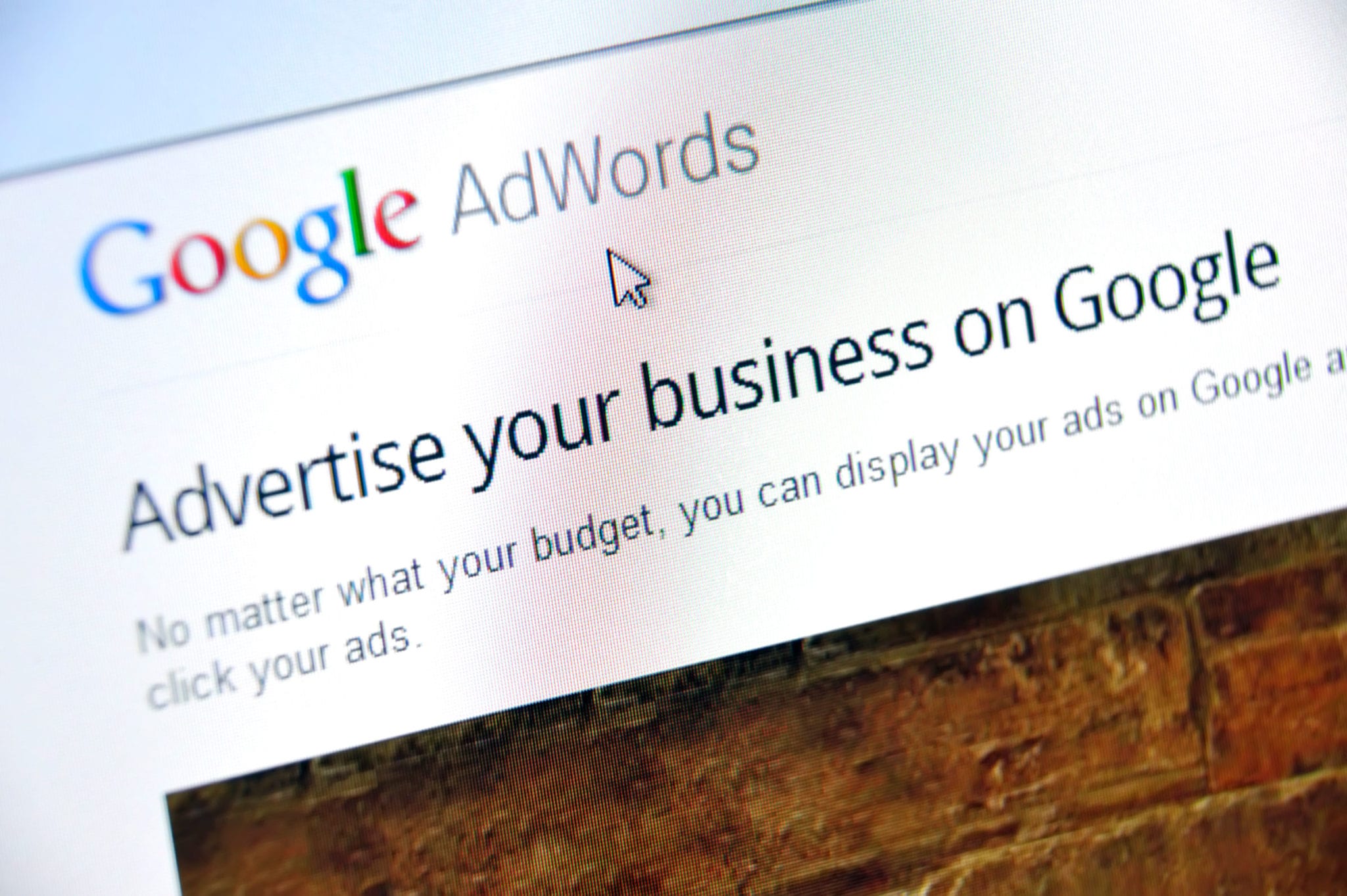There’s no denying that Google changed the game for the marketing and advertising sectors. The days of traditional customer reach through printed and traditional media are slowly fading away. In fact, online advertising and marketing have become so commonplace that not having an online presence is now considered as a poor business practice.
There are many reasons why businesses would choose to reach out to their customers online, such as cheaper costs compared to traditional advertising methods, the ability to perform real-time analytics, and the ability to target key demographics. When you actually combine all of these factors, you are able to produce a customer reach and engagement campaign that’s far more effective than any that can be produced through traditional means.
One of the most powerful advertising tools that Google offers is pay per click (PPC) advertising.
What is Pay Per Click?
Have you ever noticed that there are a lot of ads floating around on the Internet, especially on highly popular websites? This is the bread and butter of the pay per click (PPC) advertising model: advertisers -typically the business owners- will pay publishers -the owners of the website that’s displaying the ads- a set amount each time there are clicks on the ad. PPC advertising is the most popular type of advertising on Google, and when it’s done correctly, it can give your business a significant boost in terms of traffic, customer reach, customer engagement, and conversion.
Where Is This All Headed?
PPC is growing exponentially, and there is no end in sight. Here are some of the most important PPC trends that you should keep your eye on, especially if you are considering using PPC for your online business:
1. Less Keywords, More Audience-Centered Targeting
In the past, using the right keywords and search engine optimization (SEO) was how businesses won the digital marketing game. However, PPC now allows audience targeting, which means that you can now target a specific target group comprising of customers who are more inclined to take positive action. Using PPC this way means that you can maximize ad spend.
2. Integrating Voice and Visual Searches
The number of searches using voice commands has steadily gone up through the years, and experts have even predicted that by 2025, more than half of all search engine inquiries will be done through voice commands. This same trend is being seen with visual searches, where a certain image is used as the search query.
3. AI and Automation is Becoming the Norm
As Google’s algorithm becomes more and more complex, it has taken machine learning to a whole new level. Today, the Google system does all the heavy lifting for you. It gathers the raw data, analyzes it, and helps you create the most efficient advertising campaign possible.
4. Video Over Written Content
Video ads have slowly but surely started to dominate other types of ads, such as written or audio ads. Videos are popular because they have huge aesthetic and visual appeal, they are cheap to produce, and they have the ability to become viral. What’s more, some social media websites such as Facebook and Youtube even has video ads that are almost completely unskippable.
But There’s a Dark Side Too
With something as powerful and profitable as PPC advertising, you can bet that there are shady and unscrupulous people out there who are trying to game the system and take advantage of it to make a quick buck.
There are various types of Google ads fraud out there. Some of them are simple, such as manual click fraud, where other business owners and competitors would deliberately click on your ads over and over to drive up your costs. Some are more complicated, such as automated clicking tools or bots that are designed to click on your ads, making it appear like your ads are garnering a high amount of legitimate consumer traffic. Google does have some safety nets against these types of fraud, and they can offer protection to the advertiser by blocking suspicious IP addresses after being reported.
However, there is also a type of Google click fraud that is malicious and harder to stop: when click fraud use viruses and other types of malware to do the clicking. These viruses often infect large amounts of computers and make it appear like these computers are legitimately visiting the websites. This type of ad fraud is very difficult to catch, especially if the virus is sophisticated enough to “hide” within the computer’s system without triggering any firewalls or antivirus software.
Thankfully, there is an online service specifically geared to detect click fraud that can help you detect suspicious clicks on your ads. These tools allow you to report and block specific IP addresses. Fighting fire with fire, these services use machine learning an AI to detect bot clicks and they allow you to easily report them to Google.


